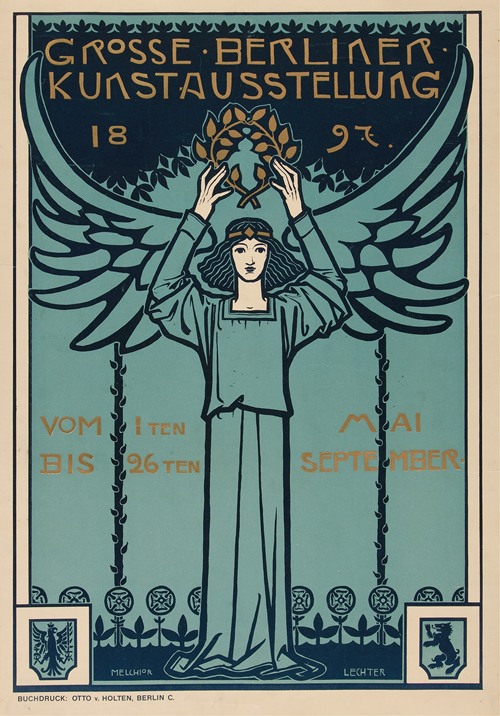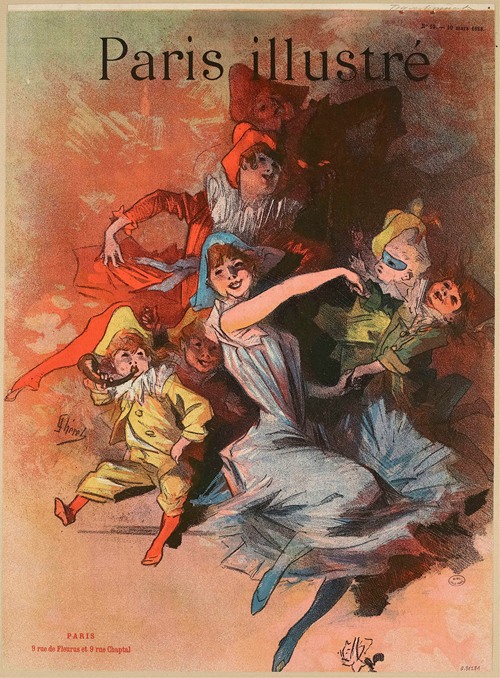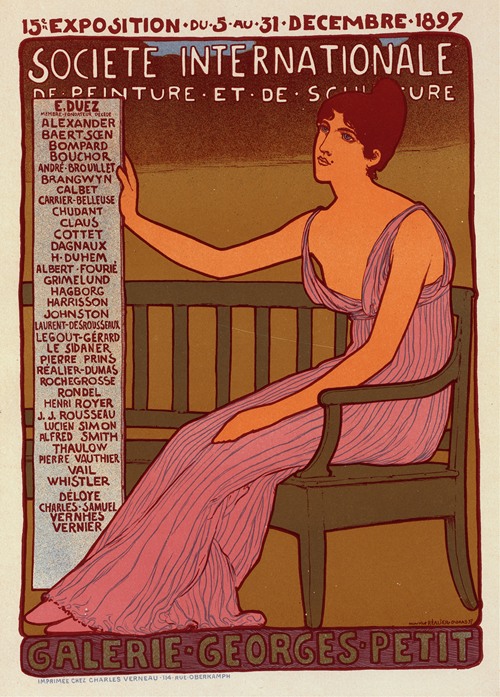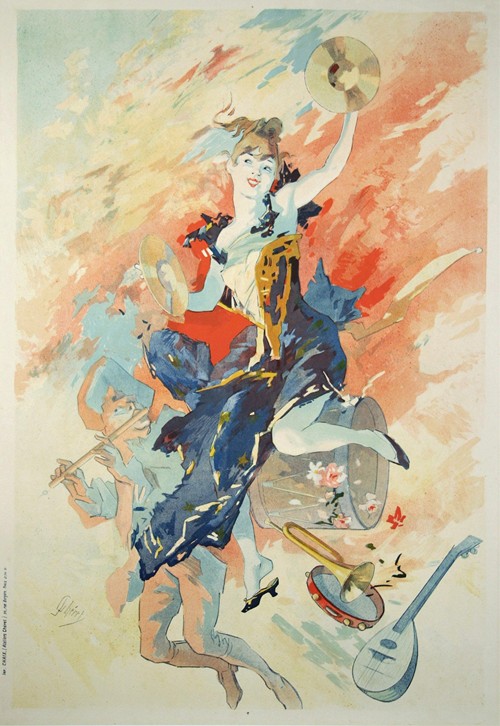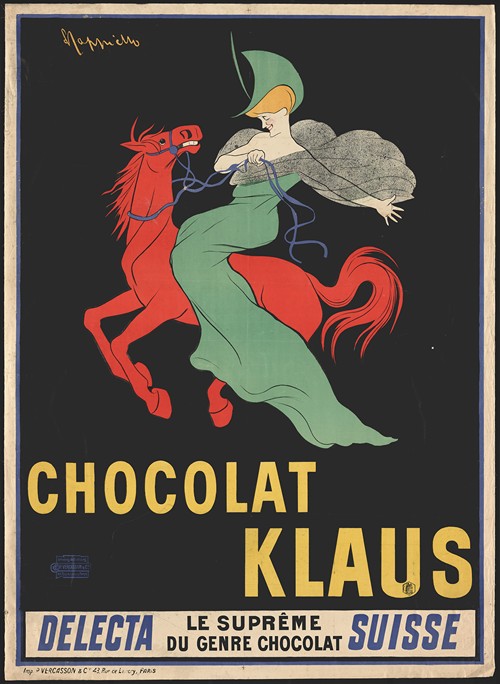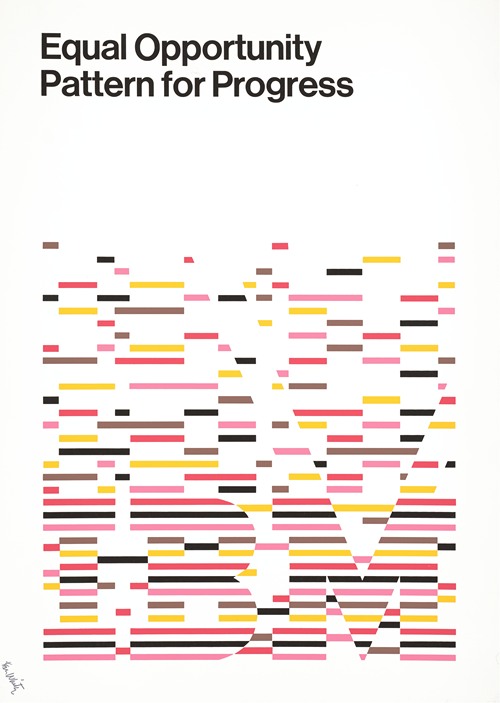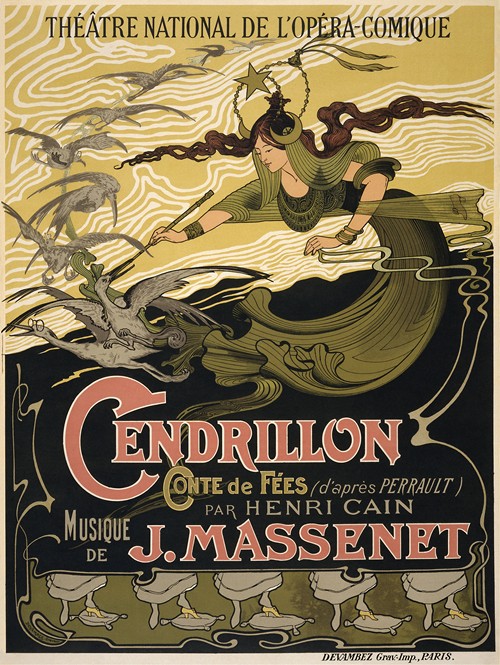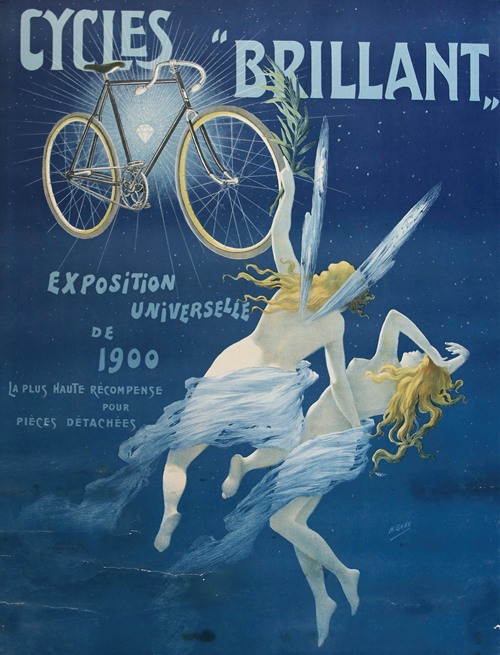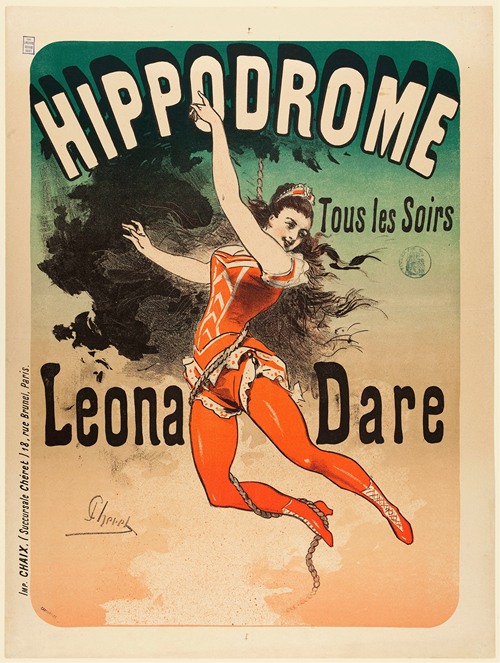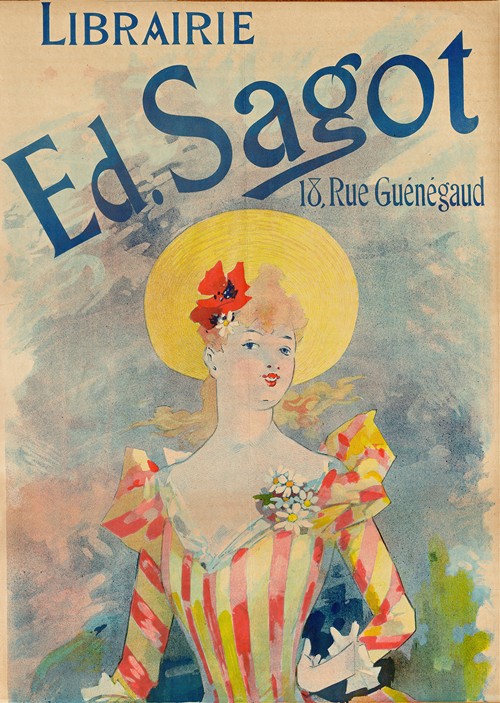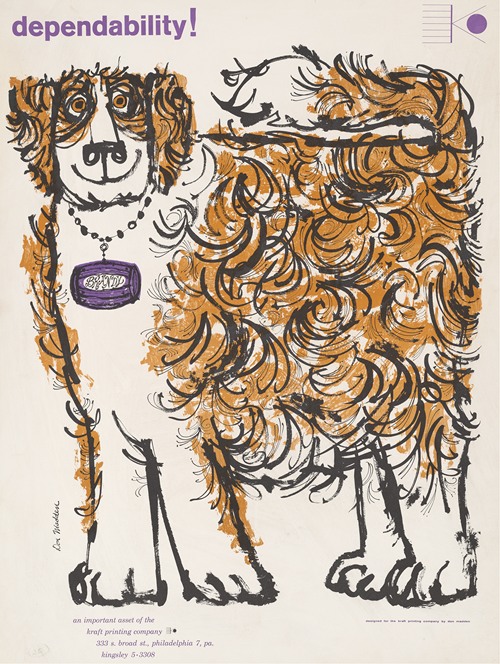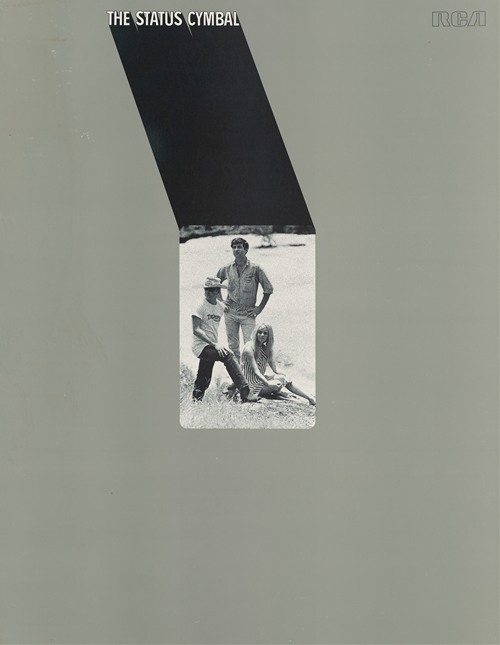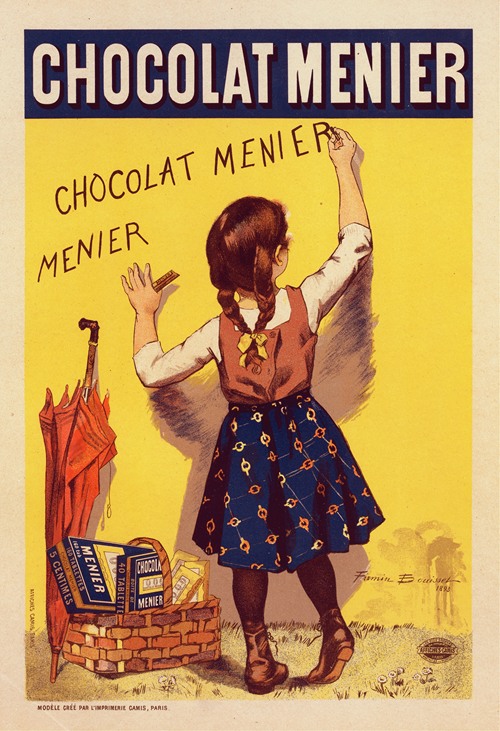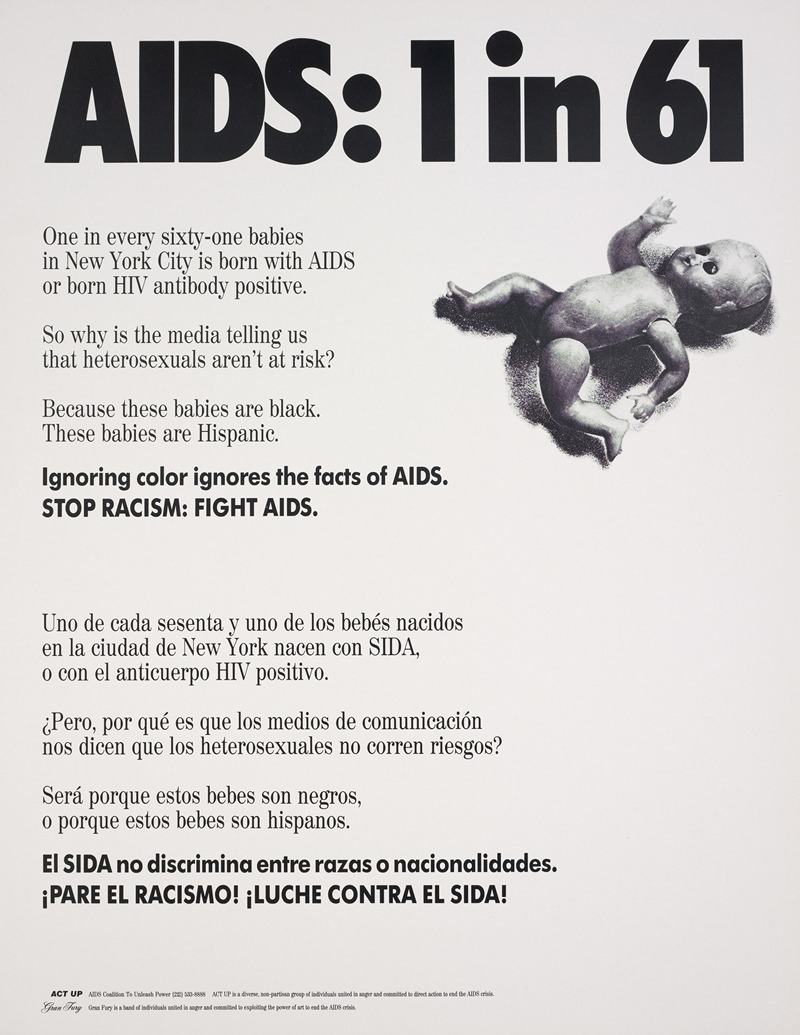
Gran Fury was an artists' collective devoted to AIDS activism through agitprop art. Named after the Plymouth automobile favored by the New York City police department, Gran Fury drew its membership from the ranks of ACT UP/NY (AIDS Coalition to Unleash Power, New York).
The artists' collective arose out of ACT UP/NY's involvement with the art installation "Let the Record Show . . ." at The New Museum of Contemporary Art in December 1987. Bill Olander, curator for The New Museum, offered the Broadway window of the museum to ACT UP, where a group of members "let the record show" that some artists and their art chose not to be silent regarding AIDS. "Let the Record Show . . ." featured images of six individuals accompanied by concrete plaques carved with their quotes regarding AIDS. Silhouetted against a backdrop of the Nuremberg trails were Sen. Jesse Helms, Presidential AIDS Commission member Cory SerVaas, an anonymous surgeon, televangelist Jerry Falwell, columnist William F. Buckley Jr., and President Ronald Reagan. As an example, Jerry Falwell's quote read: "AIDS is God's judgment of a society that does not live by his rules." A neon "Silence = Death" sign hung overhead while a LED sign continuously ran facts about the AIDS crisis. After producing this installation, some members of ACT UP wanted to continue voicing their opinion and formed Gran Fury in January 1988.
Gran Fury purposefully intervened into public and advertising spaces to disrupt the flow of normal thoughts with their own agenda. Notably, most of their work was directly exhibited to the public outside of traditional art spaces through fliers, posters, and billboards. They often recycled their own images and texts to circulate their message beyond its initial viewers.
The collective produced some controversial pieces, most notably the Kissing Doesn't Kill bus poster, for which they received the Municipal Art Society of New York's Brendan Gill Prize in 1990, as well as The Pope Piece and Sexism Rears Its Unprotected Head, which were seized by Italian customs but eventually exhibited at the 44th Venice Biennale. With controversy, the artwork took on another life through the media, thus circulating a message far beyond its initial space. Gran Fury also received the International Center of Photography Design Award for their work at the Seventh Annual Infinity Awards in 1991.
By the mid-1990s the atmosphere surrounding the AIDS epidemic had changed and according to Gran Fury's final piece, Good Luck . . . Miss You, Gran Fury, produced in 1995, their original strategies where "unable to communicate the complexities of AIDS issues" at that time.
Over the course of their existence, some of Gran Fury's members included Richard Elovich, Avram Finkelstein, Amy Heard, Tom Kalin, John Lindell, Loring McAlpin, Marlene McCarty, Donald Moffett, Michael Nesline, Mark Simpson, and Robert Vazquez.
